Best Practices Articles

RevOps Meets PartnerOps: Aligning Go-to-Market Execution for Scalable Growth
The accelerating pace of change in B2B go-to-market strategy has exposed the limitations of fragmented operations. As organizations expand across geographies, verticals, and partner ecosystems, the old ways of coordinating sales, marketing, and channel programs no longer exist. Revenue Operations (RevOps) and Partner Operations (PartnerOps) are evolving from back-office support functions to central pillars of strategic execution. They must co-exist and co-operate as a single, interconnected engine to scale effectively.
In the podcast AI-Powered PartnerOps: The Next RevOps Frontier, Kyle Hayes, Founding Partner of Ecosystem Revenue Dynamics, joins Sugata Sanyal, CEO of ZINFI, to explore how organizations can build a high-performing operational framework that aligns internal and external teams. Hayes brings a unique perspective grounded in engineering principles and operational design. His key message: RevOps cannot function at full potential unless it fully integrates PartnerOps.
What’s required is better coordination and system-wide alignment across platforms, data models, metrics, and workflows. This article explores how Revenue and Partner Operations can be brought into lockstep to drive scalable, predictable, and ecosystem-led growth. Based on Hayes' commentary, we’ll explain how organizations can unify architecture, standardize KPIs, and embed collaborative execution across their go-to-market infrastructure.
🎥 Watch the Full Video Podcast
The Disconnected GTM Challenge
Most go-to-market models are built around internal alignment. Sales operations, marketing automation, and customer success platforms are designed to streamline internal collaboration. However, as more companies turn to indirect selling through partners—resellers, integrators, and co-sell alliances—their internal systems fail to support the operational complexity that comes with it.
The problem is that RevOps and PartnerOps often operate from different playbooks. RevOps teams manage CRMs, sales workflows, and pipeline analytics. Meanwhile, partner managers juggle deal registration portals, MDF platforms, and training systems—often without visibility into internal systems or processes. This leads to duplication, miscommunication, and data silos that ultimately slow down execution and reduce revenue impact.
Kyle Hayes emphasizes that this isn’t a tooling problem—it’s a structural flaw. GTM teams can’t deliver consistent partner or customer experiences without a unified architecture that supports shared operations. Hayes argues that Partner Operations must be elevated to a core component of RevOps. Companies can achieve sustainable scale only by designing one infrastructure for all revenue contributors—internal and external.
Creating a Unified Revenue Architecture
Unifying RevOps and PartnerOps starts with consolidating the systems they use to manage the revenue lifecycle. This includes integrating CRMs, learning management systems (LMS), deal registration tools, co-sell platforms, and analytics dashboards. By sharing one operational core, organizations remove the friction from disconnected data and siloed workflows. Imagine a world where a registered partner lead appears instantly in the CRM, the same content library is used for internal and partner sales teams, and performance metrics are standardized across both groups. That’s the world Kyle Hayes envisions—and it requires intentional architectural design.
A unified platform allows internal and external users to act on the same information. Internal account executives can coordinate with partner reps on active opportunities. Marketing can distribute co-branded assets through centralized automation. Partner enablement can be tracked just like internal onboarding. This level of orchestration ensures every GTM contributor works from the exact blueprint.
Significantly, this architecture also improves compliance and auditability. When data, training records, and partner interactions live in the same system, reporting becomes easier, more accurate, and more actionable. Leadership gets a 360-degree view of what’s working, where gaps exist, and how resources should be deployed.

The Power of Shared Metrics and Attribution
Operational alignment cannot exist without metrics alignment. Collaboration becomes difficult if internal and partner-facing teams are measured against different KPIs. Hayes argues that unified go-to-market success requires a standard measurement model that ties direct and partner performance to the same revenue outcomes.
One of the first steps is revenue attribution. Organizations must be able to trace the full lifecycle of a deal—whether it originated via inbound, outbound, or partner channels—and assess how each participant contributed to the outcome. Without attribution, partner impact is often underestimated or ignored in forecasting and resourcing decisions.
Shared KPIs also foster joint accountability. Partner-sourced pipeline, influenced revenue, enablement completion rates, and co-sell win rates should appear on the same dashboards as quota attainment and sales velocity. When PartnerOps and RevOps teams speak the same data language, decision-making becomes faster and more strategic.
Tracking performance also means understanding partner behaviors. Are they engaging with training content? Are they leveraging provided playbooks and co-sell frameworks? Are they registering deals at a consistent pace? PartnerOps captures and feeds these metrics into the RevOps analytics ecosystem.
This loop of measurement and feedback allows for continuous improvement. Underperforming partners can be coached or re-segmented. High performers can be rewarded and replicated. Enablement programs can be adjusted based on real-time effectiveness. Shared KPIs turn intuition into insight, and insight into action.
PartnerOps as the Execution Engine of Ecosystem Strategy
Once systems and metrics are aligned, the next step is operationalizing the GTM strategy. This is where Partner Operations plays a transformative role—not just as an administrator of partner programs, but as a strategic enabler of execution across the entire ecosystem.
Hayes makes it clear that Partner Operations is not a support desk. It is a business-critical function that translates strategy into action, at scale. This includes designing partner onboarding journeys, automating content delivery, managing incentive execution, and integrating partner behavior into the broader RevOps framework.
For example, a well-structured PartnerOps process can ensure that when a new partner signs on, they receive a personalized onboarding flow, relevant training modules, and immediate access to sales assets—all triggered automatically within the shared GTM system. This reduces ramp time and increases early partner engagement.
More importantly, Partner Operations ensures that co-selling works. It aligns partner workflows with internal sales stages, ensuring that handoffs are clear, communications are synchronized, and data is captured at every step. When issues arise—whether it's a delayed proposal or a resource gap—PartnerOps provides the visibility and tools to resolve them.
With the rise of AI in RevOps, PartnerOps becomes even more critical. AI models need clean, consistent data across both internal and partner touchpoints to generate useful predictions. Intelligent automation depends on structured Partner Operations inputs, from forecasting deal success to recommending enablement content.
In this way, Partner Operations supports the ecosystem and helps shape it. It ensures that partner relationships aren’t just active, but productive. That partners aren’t just connected, but enabled. That GTM isn’t just broad, but deep.

Embedding Culture and Strategy in PartnerOps Execution
Operational excellence is not just about systems and processes—it’s also about mindset. One of the key insights Hayes shares is the cultural shift required to fully integrate Partner Operations into the revenue engine. Many organizations still view partners as outsiders—useful, but peripheral. This perception needs to change.
When companies recognize partners as co-executors of their strategy, everything changes. Training becomes more intentional. Communications become more transparent. Data becomes more shared. Internal teams stop asking “what did the partner do wrong?” and ask, “how can we help the partner succeed?”
Shared systems and KPIs foster this cultural alignment, which consistent leadership engagement reinforces. PartnerOps teams must be empowered to lead, not just to manage. They must be part of GTM planning conversations, technology roadmap discussions, and strategic reviews.
Only then can Partner Operations truly fulfill its role as a growth multiplier. It becomes the interface between internal ambition and external opportunity. The bridge between strategy and scale. The engine that makes ecosystem orchestration real, repeatable, and resilient.
Conclusion
The alignment of RevOps and PartnerOps is not a tactical choice but a strategic imperative for any business operating in a modern, partner-centric market. As the B2B landscape becomes more complex and collaborative, companies must move beyond internal optimization and embrace full-spectrum orchestration.
Kyle Hayes' framework offers a clear roadmap. Begin with architecture: consolidate systems so internal and partner-facing teams work from a shared core. Align metrics: develop KPIs that reflect joint accountability and reveal partner value. And execute with precision: empower Partner Operations to deliver scalable enablement, clean data, and operational agility.
Organizations that take these steps will unlock a competitive advantage beyond tools or tactics. They will build revenue engines that scale, ecosystems that thrive, and operational cultures that confidently adapt to change.
Partner Operations is no longer a secondary function but the connective tissue of GTM success. And when woven seamlessly into the RevOps fabric, it transforms go-to-market execution into a unified force capable of powering the next decade of revenue innovation.
Best Practices Guidebook
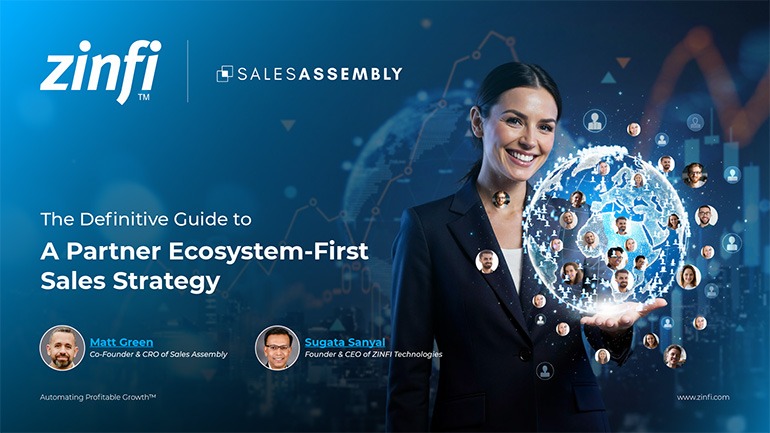 Definitive Guide to a Partner Ecosystem-First Sales Strategy
Definitive Guide to a Partner Ecosystem-First Sales StrategyDownload for FREE
 The Partner-Led Digital and AI Transformation Best Practices
The Partner-Led Digital and AI Transformation Best PracticesDownload for FREE
 Startup Talent Recruitment: Hiring Missionaries, Not Mercenaries
Startup Talent Recruitment: Hiring Missionaries, Not MercenariesDownload for FREE
 The Future of Partner Relationship Management with AI in Partnerships
The Future of Partner Relationship Management with AI in PartnershipsDownload for FREE
 Cybersecurity for the 99%: Strategies from the Frontline
Cybersecurity for the 99%: Strategies from the FrontlineDownload for FREE
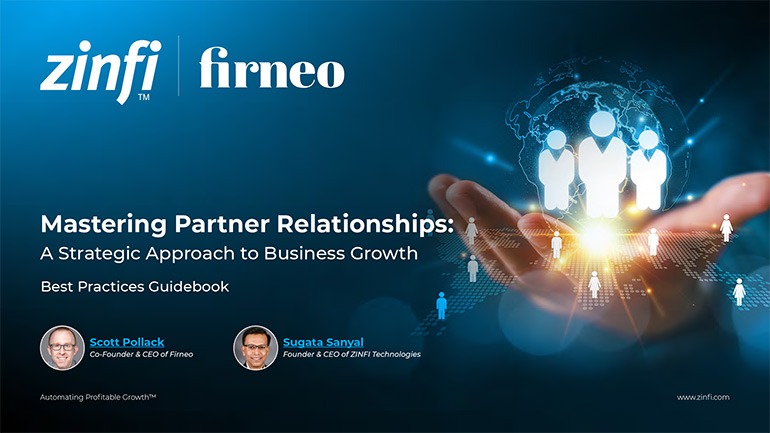 Mastering Partner Relationships: A Strategic Approach to Business Growth
Mastering Partner Relationships: A Strategic Approach to Business GrowthDownload for FREE
 The Smart Manufacturing Playbook: Industry 4.0 Transformation
The Smart Manufacturing Playbook: Industry 4.0 TransformationDownload for FREE
 Mastering Partner Relationship Management: Keys to SaaS Channel Success
Mastering Partner Relationship Management: Keys to SaaS Channel SuccessDownload for FREE
 Navigating the AI Revolution: Guide for Partners in the Microsoft Ecosystem
Navigating the AI Revolution: Guide for Partners in the Microsoft EcosystemDownload for FREE
 Mastering the Modern Buyers Journey: Sales Leader’s Guide to AI & Engagement
Mastering the Modern Buyers Journey: Sales Leader’s Guide to AI & EngagementDownload for FREE
 Hybrid Cloud and Edge AI Computing Impacting the Future of PRM
Hybrid Cloud and Edge AI Computing Impacting the Future of PRMDownload for FREE
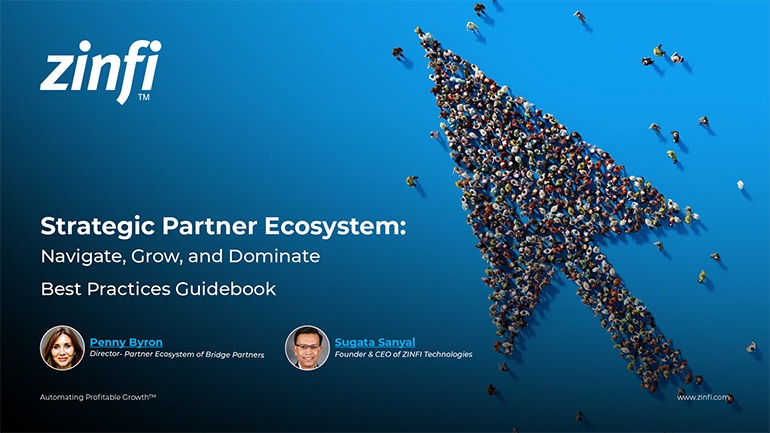 Strategic Partner Ecosystem: Navigate, Grow, and Dominate
Strategic Partner Ecosystem: Navigate, Grow, and DominateDownload for FREE
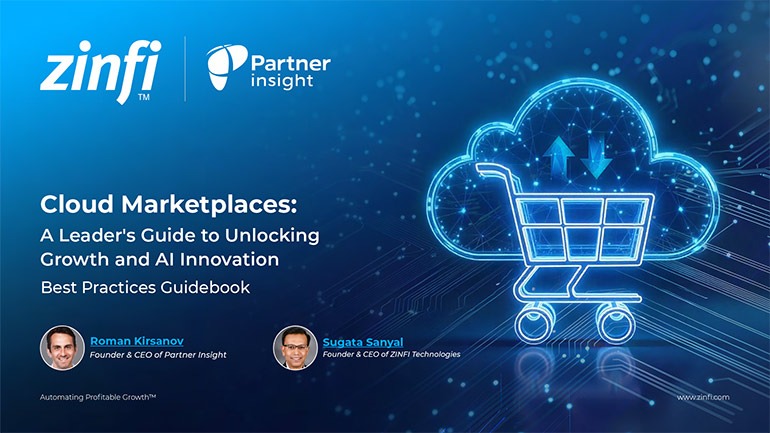 Cloud Marketplaces: Leader’s Guide to Unlocking Growth and AI Innovation
Cloud Marketplaces: Leader’s Guide to Unlocking Growth and AI InnovationDownload for FREE
 Getting More From Partner Performance: Guide to Measuring What Matters
Getting More From Partner Performance: Guide to Measuring What MattersDownload for FREE
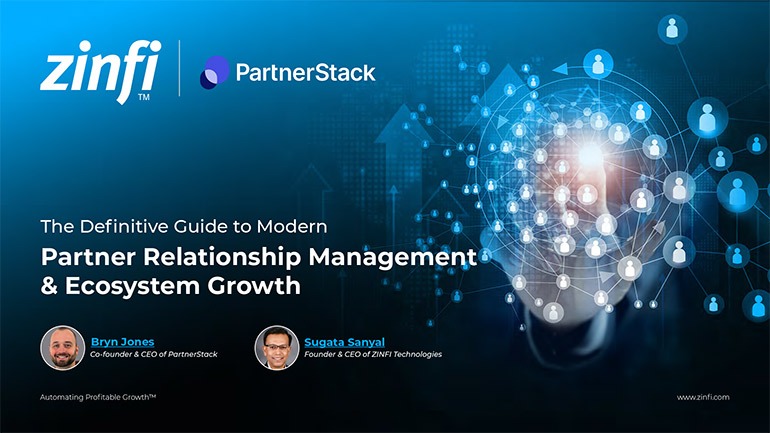 Guide to Modern Partner Relationship Management & Ecosystem Growth
Guide to Modern Partner Relationship Management & Ecosystem GrowthDownload for FREE
 Debunking the Entrepreneurship Myth Best Practices
Debunking the Entrepreneurship Myth Best PracticesDownload for FREE
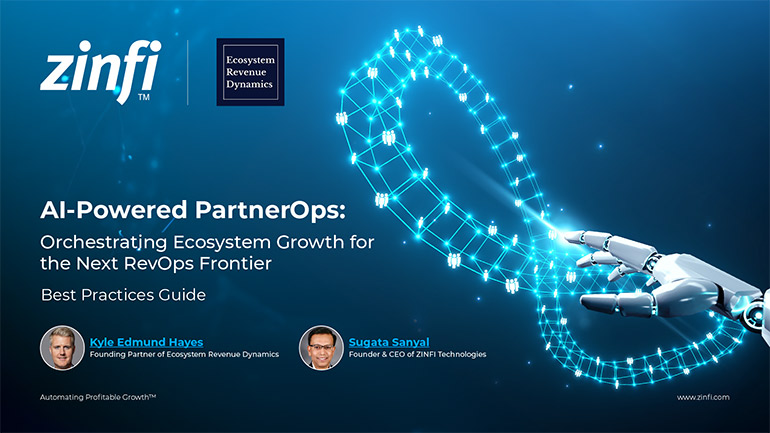 AI-Powered PartnerOps: The Next RevOps Frontier Best Practices
AI-Powered PartnerOps: The Next RevOps Frontier Best PracticesDownload for FREE







